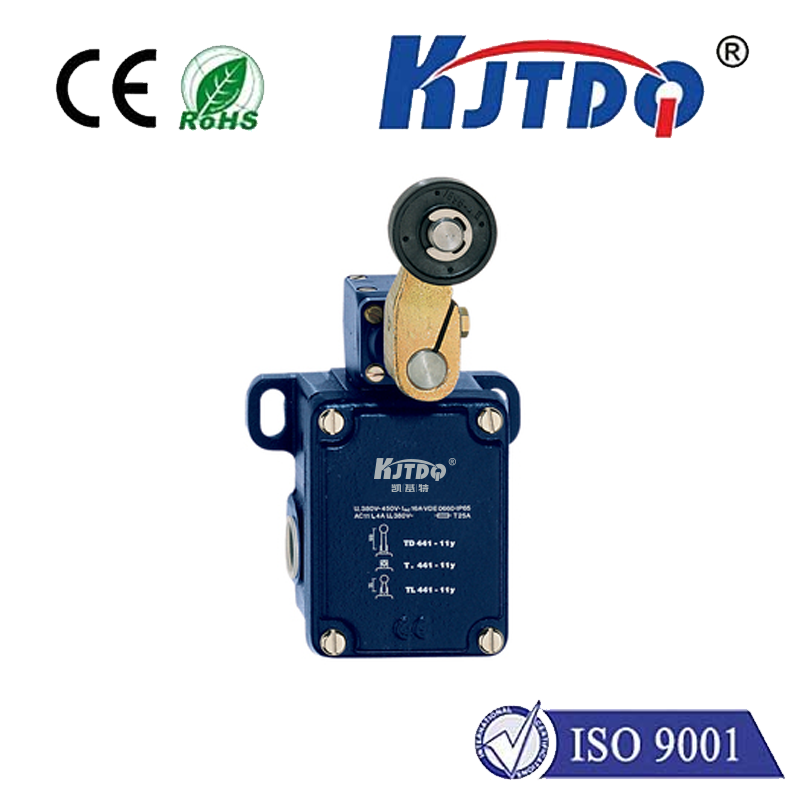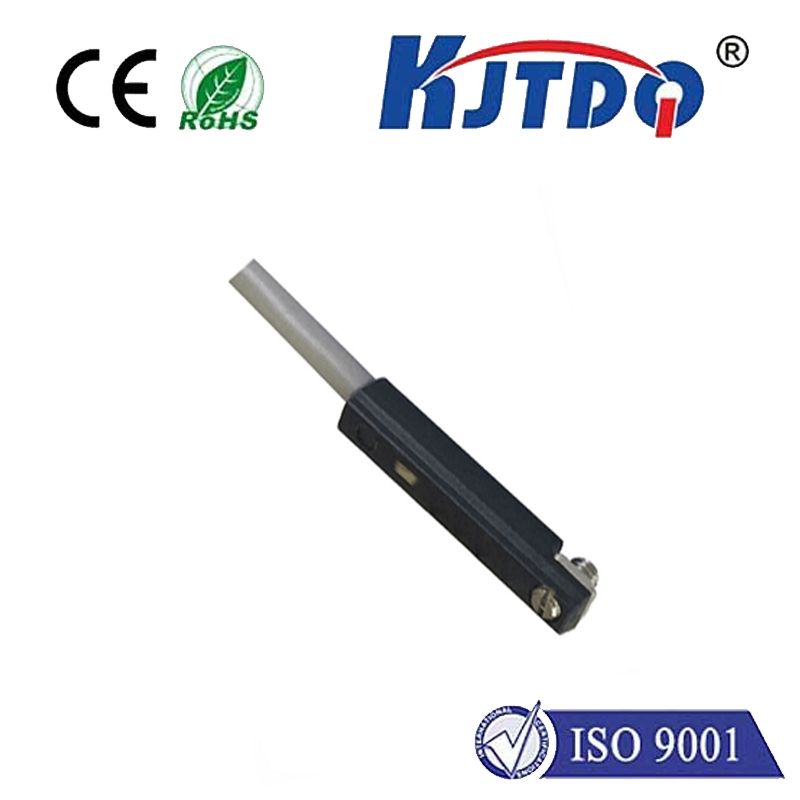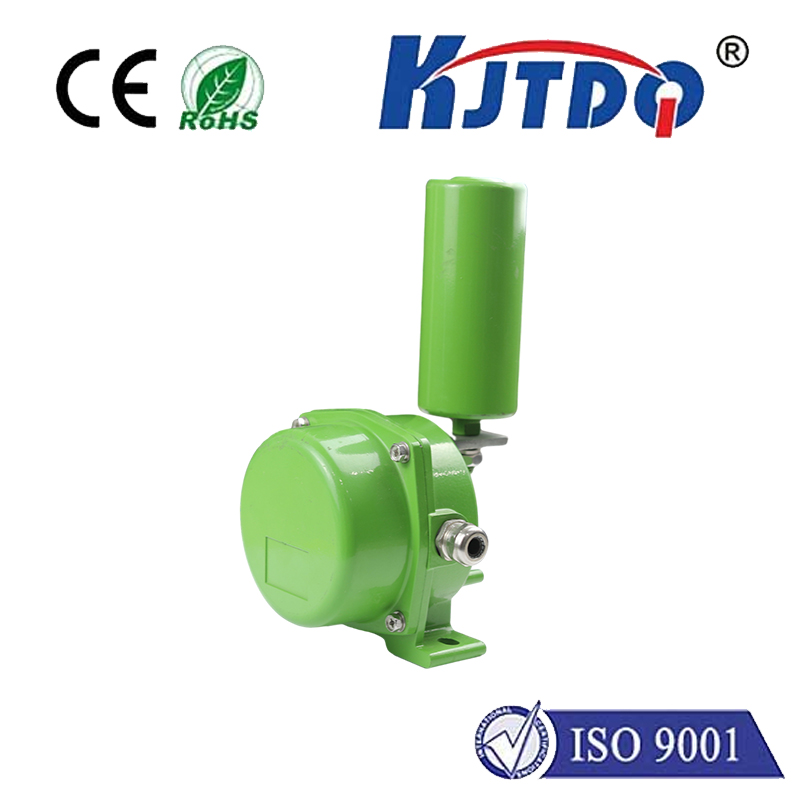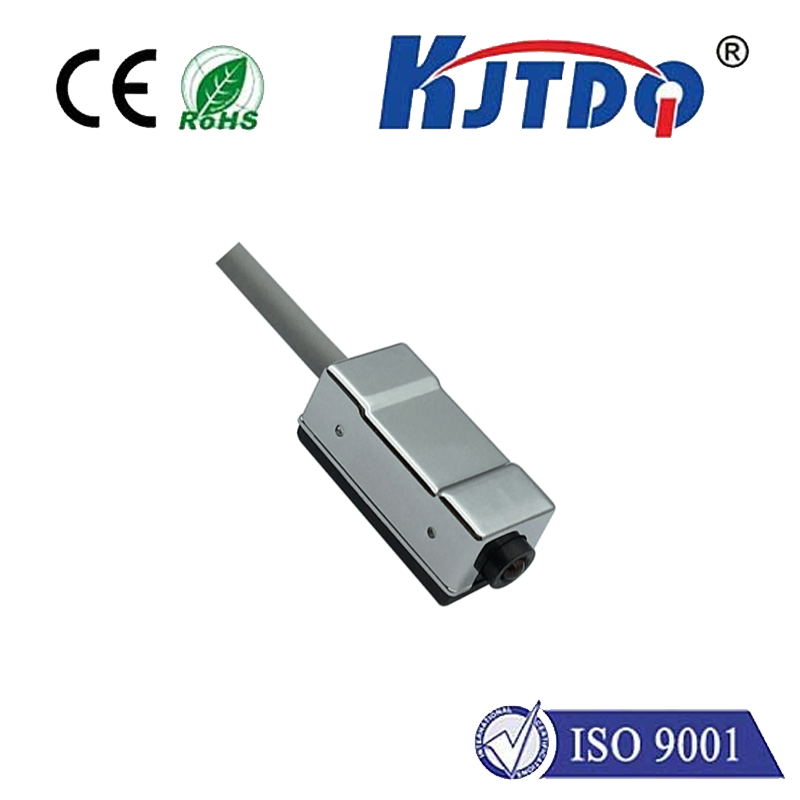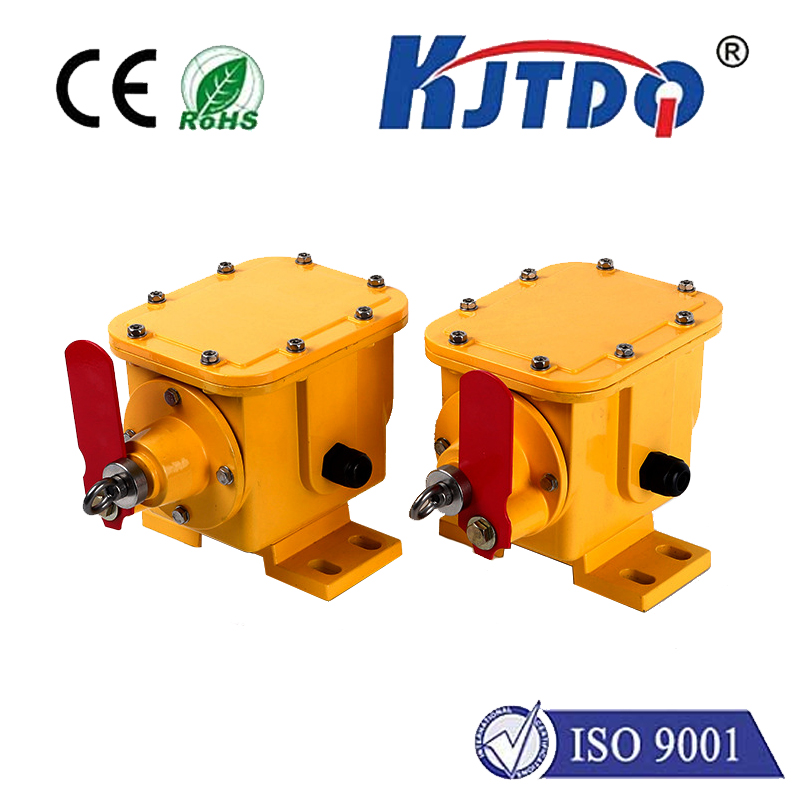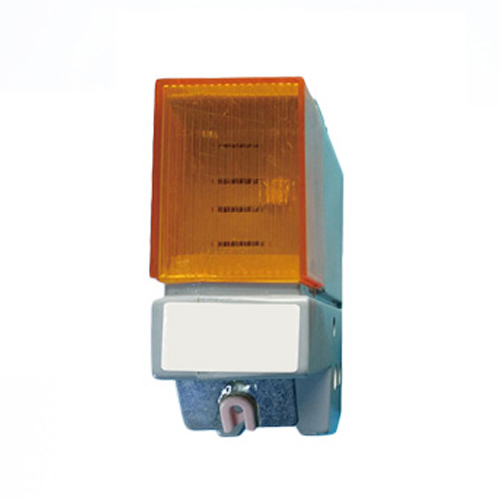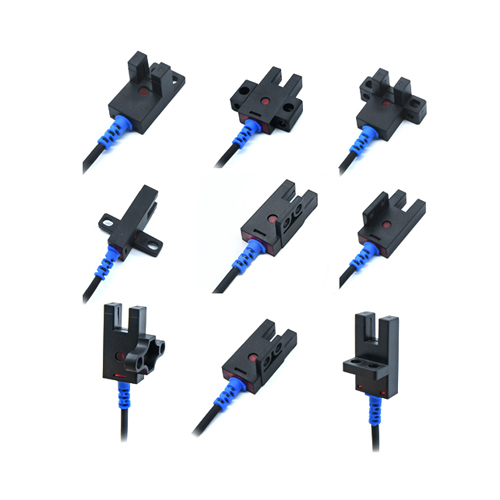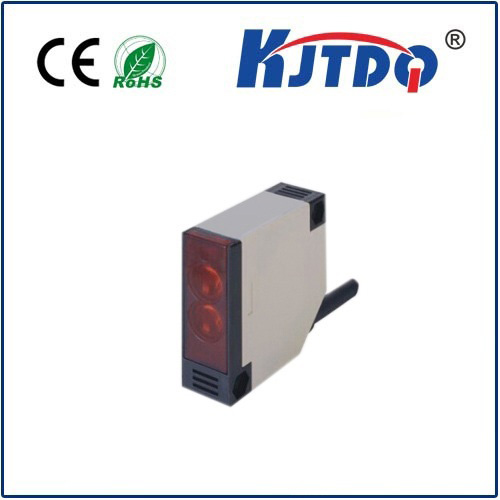лазерный фотоэлектрический приемный датчик
- time:2025-03-24 01:49:20
- Нажмите:0
Laser Photoelectric Sensors: The Ultimate Guide to Transmitter and Receiver Technology
In an era where precision and automation define progress, laser photoelectric transmitter and receiver sensors have emerged as unsung heroes powering industries from manufacturing to healthcare. Imagine a world where self-driving cars navigate flawlessly, assembly lines operate with zero defects, or medical devices deliver life-saving accuracy—these scenarios rely on the invisible yet indispensable role of laser photoelectric sensing systems. This article dives into the science, applications, and innovations behind these transformative devices.
How Laser Photoelectric Sensors Work: Bridging Light and Logic
At their core, laser photoelectric sensors consist of two primary components: a transmitter that emits a focused laser beam and a receiver that detects changes in light intensity. When an object interrupts the beam, the receiver identifies the disruption, triggering a response. This simple yet elegant principle enables high-speed, non-contact detection with micron-level precision.
What sets laser sensors apart from traditional infrared or ultrasonic alternatives is their coherent light source. Unlike scattered light, laser beams maintain intensity over long distances, making them ideal for applications requiring stability in challenging environments—think dusty warehouses or vibrating machinery.

Key Components: Transmitter and Receiver Synergy
- Laser Transmitter:
Using semiconductor diodes, the transmitter generates a concentrated beam of light, typically in the visible red or infrared spectrum. Advanced models incorporate pulsed lasers to reduce power consumption while maintaining detection accuracy.
- Photoelectric Receiver:
Equipped with photodiodes or phototransistors, the receiver converts light signals into electrical impulses. Modern designs integrate amplifiers and noise filters to distinguish between true interruptions and ambient interference, ensuring reliability even in high-glare settings.
- Signal Processing Unit:
The brain of the system, this component analyzes receiver data to determine object presence, distance, or reflectivity. Innovations like time-of-flight (ToF) calculations now enable millimeter-level distance measurement, revolutionizing robotics and automation.
Applications: Where Precision Meets Practicality
Laser photoelectric sensors are the backbone of countless industries. Here’s how they’re shaping the future:
- Промышленная автоматизация:
In assembly lines, these sensors detect minute defects in products, align components for robotic arms, and monitor conveyor belt speeds. Companies like Siemens and Omron leverage them for zero-error manufacturing.
- Autonomous Vehicles:
LiDAR (Light Detection and Ranging) systems in self-driving cars use laser photoelectric principles to map surroundings in real time, avoiding obstacles with split-second accuracy.
- Healthcare:
From non-invasive glucose monitors to surgical robots, medical devices rely on laser sensors for sub-millimeter precision, reducing human error in critical procedures.
- Потребительская электроника:
Smartphones employ miniature laser sensors for autofocus cameras and facial recognition, while gaming consoles use them for motion tracking.
Advantages Over Conventional Sensors
Why choose laser photoelectric technology? Three standout benefits:
- Непревзойденная точность: Laser beams can focus on tiny targets, detecting objects as thin as a human hair.
- Long-Range Capability: Effective over distances exceeding 100 meters, far surpassing ultrasonic sensors.
- Environmental Resilience: Immune to temperature fluctuations, electromagnetic interference, or ambient light—perfect for harsh industrial settings.
However, challenges exist. Reflective surfaces or transparent materials (e.g., glass) can distort readings. Innovators are tackling this with polarized filters and multi-wavelength lasers to enhance material compatibility.
The Future: Smarter, Smaller, and More Integrated
As IoT and AI reshape technology, laser photoelectric sensors are evolving too. Trends to watch:
- Miniaturization: Chip-scale sensors for wearable devices and micro-robotics.
- AI-Powered Analytics: Sensors that learn from environmental patterns, predicting maintenance needs or optimizing workflows.
- Hybrid Systems: Combining lasers with radar or cameras for multi-modal sensing in smart cities and aerospace.
Researchers are also exploring quantum dot lasers for higher energy efficiency and terahertz-frequency beams to penetrate opaque materials—advancements that could unlock new frontiers in security and material science.
From factory floors to futuristic smart homes, laser photoelectric transmitter and receiver sensors continue to redefine what’s possible. As industries demand faster, safer, and smarter solutions, these devices will remain at the forefront of technological innovation—proving that sometimes, the most powerful tools are the ones we can’t even see.

